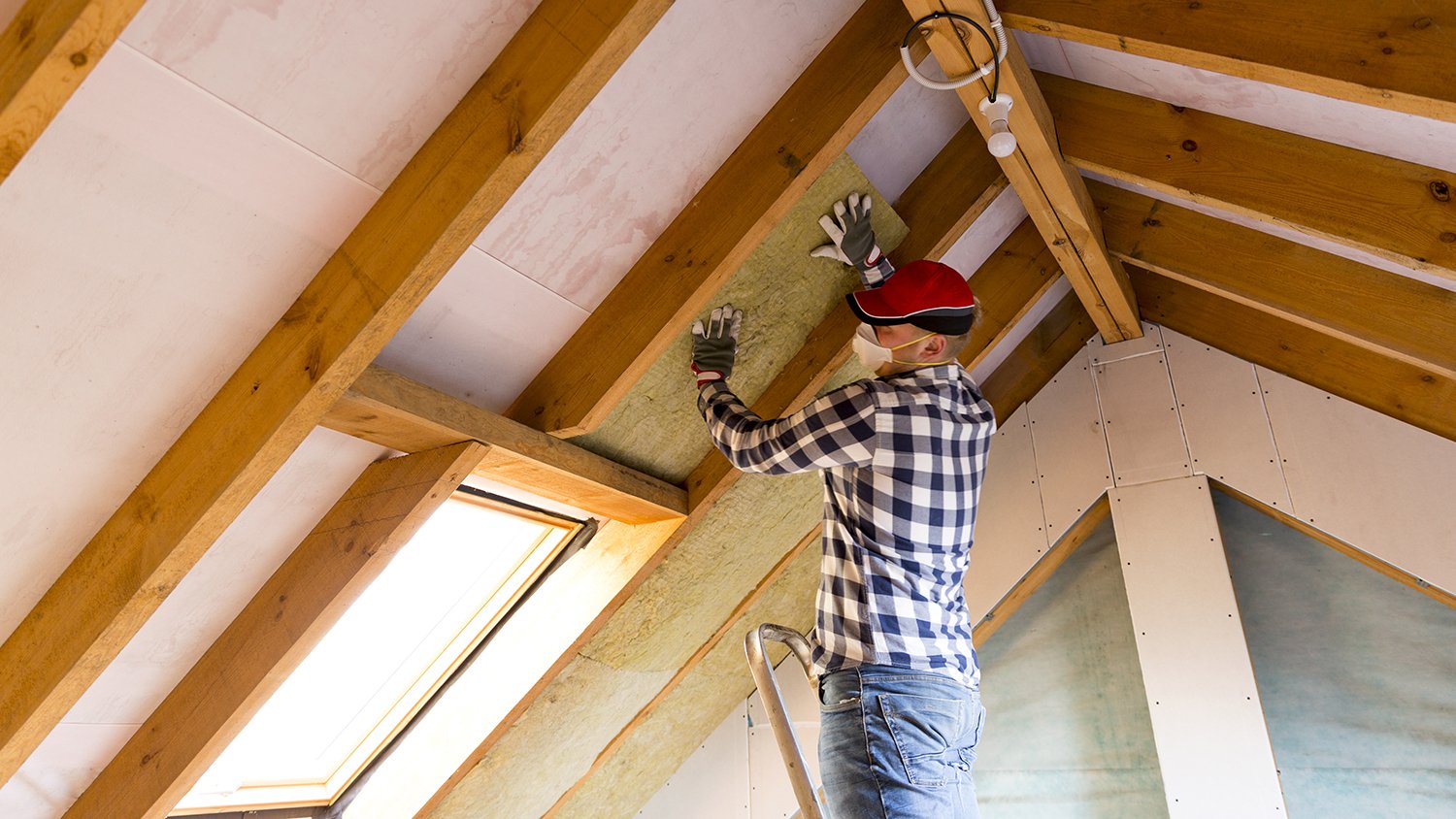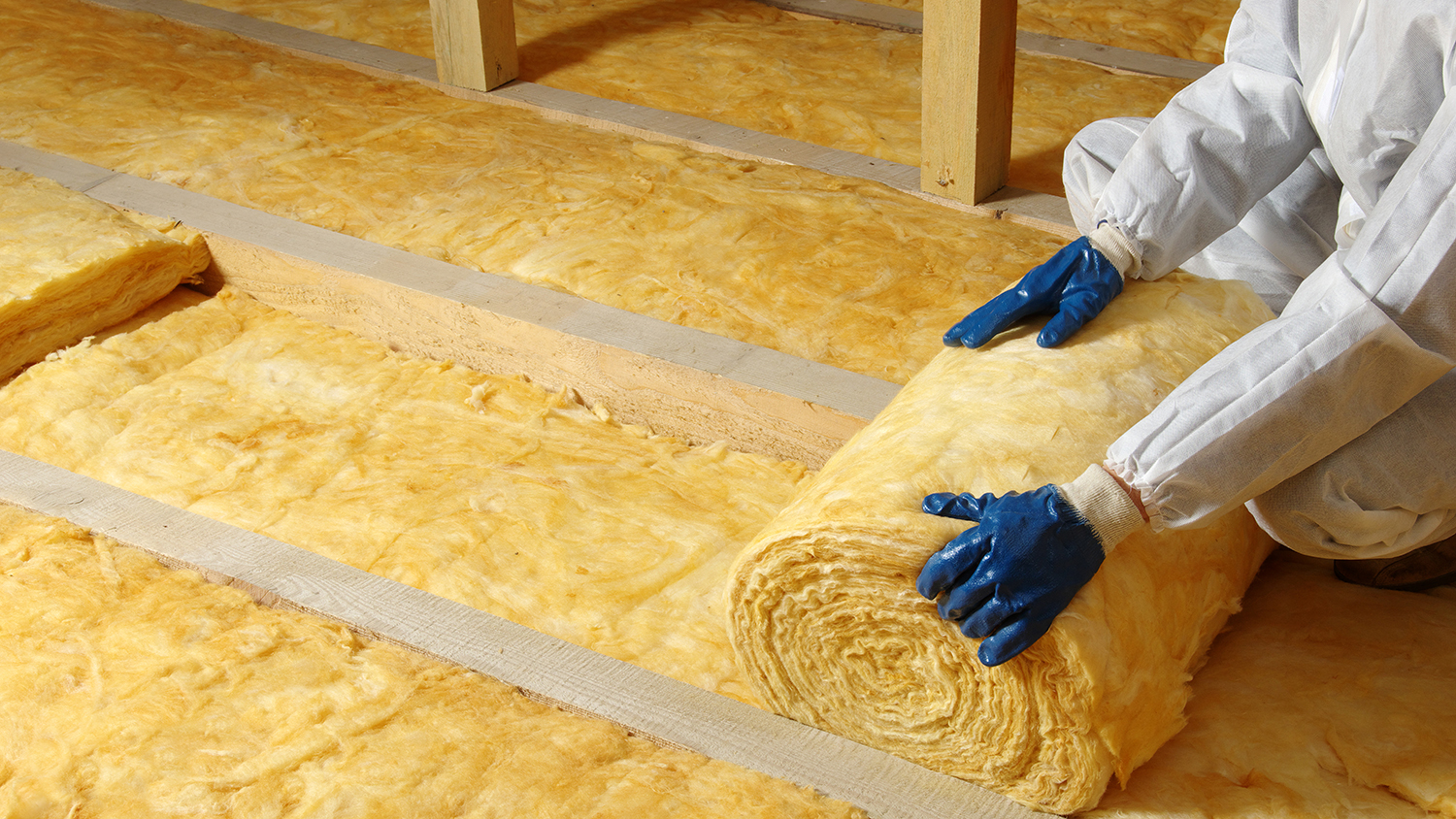While you might only think about your attic for storing away those holiday decorations during the off-season, it holds more power than you think. Your attic and its insulation can help regulate your home’s temperature, save energy, and prevent ice dams from forming on your roof. Pretty cool for something that you don’t think about too often.
Over time, attic insulation can degrade, causing the need to have your insulation audited to see if you need to add more or thoroughly replace it. Here’s what you need to know about adding insulation to your attic to keep your energy bills low and your comfort high.
Why Is It Important to Insulate the Attic?

An attic without insulation can cause significant issues, both structurally with your home and your comfort. Even if you live in a hot climate like Arizona, attic insulation is crucial to help keep your energy bills down. Perhaps the biggest con of not having the proper attic insulation is that the life span of your roof will be dramatically lowered. If you’re unsure about your attic insulation, contact an attic insulation specialist near you to perform an audit.
Increased Home Comfort and Energy Savings
Adding insulation to your attic helps regulate your home’s internal temperature, keeping you comfortable all year long. In the winter, it helps prevent heat loss from the roof, keeping your home toasty warm. But what about the summer, when extra heat is the last thing you want? Attic insulation actually helps to prevent excess heat from entering your home via your roof.
Since heating and cooling systems account for 52% of energy consumption in the average U.S. home, finding ways to cut back on your HVAC system can mean major energy savings. And because your HVAC system isn’t working overtime to cool down extremely high indoor temps, not only are you saving energy, but also helping to prolong the life of your air conditioning unit.
Improved Air Quality
While you might not immediately think of attic insulation and improved air quality, you should. Having adequate attic insulation helps create a barrier between the outside and inside of your home, keeping dust, allergens, and other pollutants out of circulation. But having a barrier that is too tight can actually stop fresh air from entering your home at all, keeping the air stale. That’s why consulting an attic insulation pro near you is crucial—they know the type and amount of insulation your attic needs to help maintain perfect air quality.
Pest Control
No one wants to wake up to scratching, slithering, or squeaking noises coming from a pest problem. Fortunately, having the proper attic insulation can help with pest control, stopping pests from entering your home by creating a physical barrier and sealing gaps and cracks. And if that wasn’t enough, cellulose insulation is made with boric acid, which helps with fireproofing but also helps control insect swarms.
Reduced Moisture
Moisture, mold, and mildew, oh my. These three m-words can make any homeowner shudder in fear. Luckily, adding insulation to your attic prevents moisture, stopping mold and mildew in its tracks. But on the flip side, too much insulation can actually make your attic too sealed, fostering the meeting of moisture accumulation with warm air. The result? Mold. To ensure your attic has the right amount of insulation, consult a local attic insulation pro. They’ll be able to determine the proper amount of insulation needed for your attic.
Roof Protection
Having the appropriate attic insulation and a balanced ventilation system keeps moisture and excess heat out of your home. But what does this mean for your roof? Without this winning combination, your roof is susceptible to damage caused by excess moisture and heat. That damage includes:
- Ice dams
- Gutter damage
- Sagging roof
- Overall decreased life span of the roof
- Interior damage
- Mold and mildew
How Much Does Adding Insulation to Your Attic Cost?

On average, attic insulation costs between $1,700 and $2,500. However, depending on the size of your attic and the type of insulation you choose, some projects may cost as little as $1,500 or as much as $3,500.
Attic Insulation Cost Factors
The biggest factors that might affect the total cost of your project include:
- The size of your property: Insulation estimates are usually based per square foot, so the bigger the house, the more you’ll pay
- The type of insulation: Blown-in insulation is the cheapest, costing between $1–$4 per square foot, while structural insulated panels cost significantly more, between $4–$7 per square foot
- Hiring a pro: Expect to pay around $55 to $85 per hour for a professional to install the material
- Air sealing your home: Though optional, some pro insulators will charge between $250 to $750 to air seal the attic to prevent moisture and air from entering your attic
- Removal of old insulation: In some cases, your old insulation needs to be removed, which will cost around $1 to $1.50 per square foot extra
How to Tell if You Need to Add to Existing Attic Insulation
The best way to determine if you need more attic insulation is by conducting an attic inspection. Always wear protective gear like a hard hat, safety glasses, and a dust mask when going up into the attic, especially in older homes where there might be asbestos. Insulation containing asbestos is dangerous to breathe in and requires a professional asbestos remediation company to remove it from your home.
When looking at your attic, the insulation should appear level, voluminous, and fluffy. The more the insulation settles over time, the more it loses effectiveness. If the insulation looks flat and deflated—or it doesn’t rise over your floor joists—you might need more.
Another more complicated way to measure your insulation levels is by calculating the R-value of the insulation. This requires a bit of mathematics and measurements, so you may wish to ask an attic insulation pro to conduct this test.
Frequently Asked Questions
Should I remove old attic insulation before adding new?
Ideally, you can add new insulation to your existing insulation. However, some circumstances require you to remove old insulation before adding any new insulation:
- If the insulation is over 15 years old
- If the insulation is wet or moldy
- If it is vermiculite insulation
- If you see signs of pest infestation
Removing old insulation is best left to a pro who can safely dispose of potential moldy or asbestos-ridden insulation.
Where should you not put insulation in the attic?
While adding insulation to your attic is essential to keeping your home comfortable, knowing where not to add it is imperative. Do not add insulation:
- On both the floor and ceiling of the attic
- Around recessed light fixtures
- Around soffit vents
- Near water heaters
- Near electrical wiring
Since attic insulation can be tricky to install correctly (and safely) if you don’t have prior experience, consider calling an attic insulation specialist to take this on.









